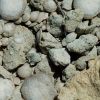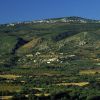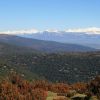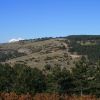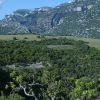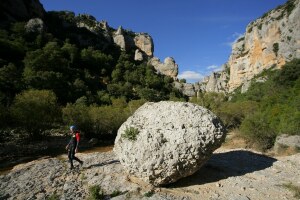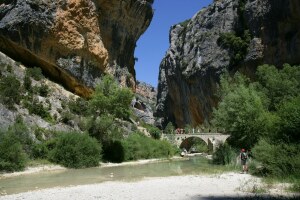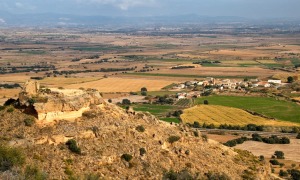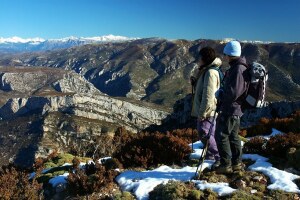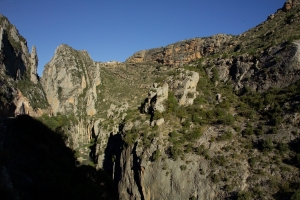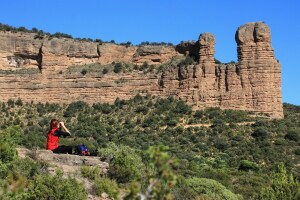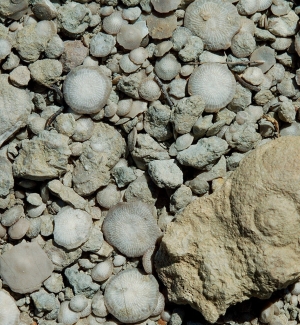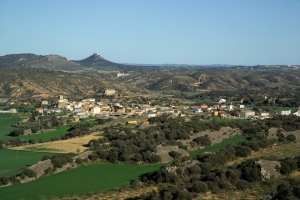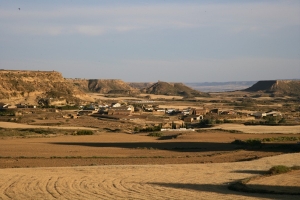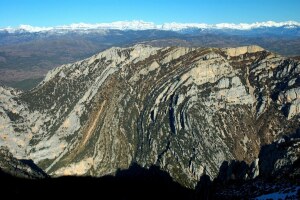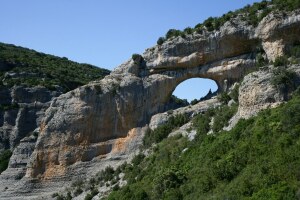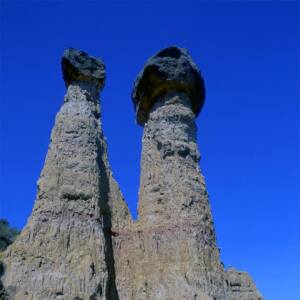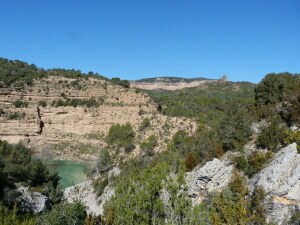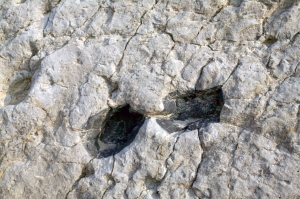There is an abundance of distinctive Nummulites fossils scattered over the Dineretes hill. These organisms lived in the Eocene period (55 to 33 million years ago) when this region was submerged beneath the sea. It is possible to make out a disc-shaped shell, made up of several layers to make a flat spiral. They owe their name to the discoidal shape, similar to that of a coin; nummus is latin for coin and lithos is Greek for rock. Locally they are known as “dineretes” or “little coins.” Other fossils (such as alveolinas, assilinas, operculinas, cidaris) are often found in this same area.



